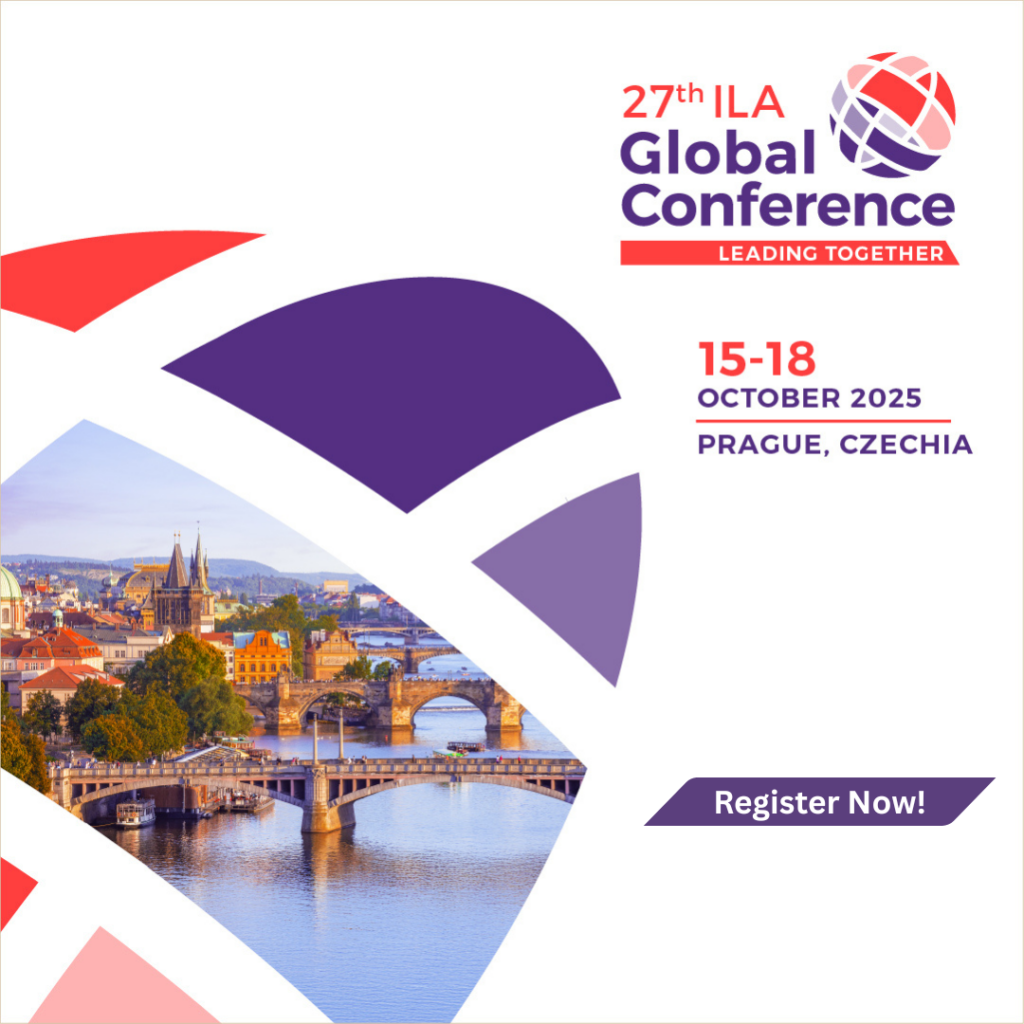
by Suze Wilson
30 June 2020
Share:
The pandemic currently wreaking havoc across the world inevitably brings leadership into sharp focus. Heads of state and governments play an especially important role in formulating and guiding their nation’s response to COVID-19 and while some have proven themselves woefully inept, others do offer positive examples. The latter is the case for the New Zealand government, headed by Prime Minister Jacinda Ardern. While not faultless by any means – and nor should we expect perfection from leaders – there is much in how Ardern and colleagues have responded thus far that, I think, warrants recognition and from which others could learn. This is especially important given the spread of the virus continues to escalate globally, meaning there is still much work to be done to try to prevent further harm and begin moving toward recovery.
From closely observing and analysing Ardern’s key messaging and policy initiatives since late January I’ve identified a number of key leadership practices being deployed which I’ve formulated into a ‘pandemic leadership model’, to help crystallize the learnings. This is not a ‘best practice’ model nor a magic bullet. Rather, it’s a bundle of ‘good practices’ that appear to have played an important role in bringing the spread of the virus back under control within New Zealand and which could, in other settings, help contribute to ongoing efforts to deal with the pandemic.
For context, at present New Zealand has completely stopped COVID-19 in its tracks and has no community transmission. Moreover, the only ‘active cases’ (just 22 people as at June 30) are all recent arrivals who, as a matter of course, are placed into 14 days of managed quarantine from the time they enter the country. Barring these measures all domestic activity is now unrestricted, following just 5 weeks of a very strict national lockdown and a further 6 more weeks which involved a gradual easing of restrictions. The total number of cases overall is 1528 and 22 people have died. This gives NZ a current death/million rate of 4.5, compared to, say, the UK’s current result of 655 and that in the US of 384. The suffering embedded in these statistics, so much of it avoidable, should not be overlooked.
It is, perhaps, tempting to dismiss NZ’s results as simply the result of it being a remote island nation with a small population – and, certainly, those factors have given it some advantages. However, those matters alone simply do not explain away New Zealand’s successful containment of the virus: by mid-March the rate of growth in cases in NZ was just as steep as that of many other countries at that time. Local modelling predicted potentially tens of thousands of deaths, barring decisive action. So, what was the leadership approach that avoided that dreadful outcome and secured us the privileged position we now have?
Firstly, the aim of minimizing harm to lives and livelihoods appears to constitute the core purpose driving the NZ government’s response. This purpose has global relevance to all leaders involved in grappling with the effects of COVID-19. Adopting the aim of minimizing harm to lives and livelihoods as one’s purpose gives leaders a guiding light to help navigate through the pandemic. Having this clarity of purpose aids in garnering follower support and provides a yardstick against which possible actions can be judged as to their merits or effectiveness.
This purpose does not dissolve the possibly vexed tradeoffs that might arise between addressing health and economic considerations, but it does, at least, hold both as being of central concern. In that sense it’s the “and” between “lives and livelihoods” – and not “lives or livelihoods” – that is key.
The pandemic leadership model I developed out of my analysis of the NZ government’s approach also comprises three key bundles of leadership practices to drive the achievement of that purpose – being led by expertise, mobilizing collective effort, and enabling coping.
Being led by expertise means leaders accepting they aren’t subject matter experts on every aspect of what this pandemic involves. Hence leaders must put ego aside and be willing to seek and listen to expert advice, follow the science and use facts and evidence to guide their decision making. This is critical to effective pandemic leadership. Clearly, it is also a crucial factor missing in some leaders’ responses to the pandemic.
Mobilizing collective effort involves informing, educating and uniting people to adopt those actions needed to minimize harm to lives and livelihoods. When communicating what’s being asked of people, the lesson from NZ is that leaders should pull no punches and provide clear direction. However, this must be balanced with a focus on explaining why these actions matter and conveying empathy for their disruptive effects, otherwise people will just feel like they’re being issued orders. Addressing practical concerns, avoiding defensiveness when questioned and soliciting feedback are also key lesson that aided in mobilizing collective effort, demonstrating to people that leaders were genuinely concerned for and interested in their needs and views.
Mobilizing collective effort involves informing, educating and uniting people to adopt those actions needed to minimize harm to lives and livelihoods.
Enabling coping involves leaders taking actions that help people to plan ahead, to build knowledge and skills relevant for surviving the disruption of a pandemic and to make sense of what is going on. Fostering kindness also matters, as kindness helps ease the distress the pandemic creates. Finally, a further key lesson from NZ is that leaders need to foster creative responses to the disruptive effects of the pandemic, both encouraging and role modelling new ways of carrying on with life and work in a pandemic.
Combined, all these practices offer guidance to leaders in grappling with the pandemic. Enacted skillfully, the evidence from NZ suggests they will simultaneously build people’s trust in the leader’s competence and commitment to act in the best interests of those they lead, matters we should expect of all good leaders.
The full study provides examples of each of these practices as used by Prime Minister Jacinda Ardern and her Government and can be accessed here:
Wilson, S (2020). Pandemic leadership: Lessons from New Zealand’s approach to COVID-19. Leadership. DOI:10.1177/1742715020929151
This blog is adapted from a Special Issue of the journal Leadership devoted to leadership and the coronavirus crisis. This paper can be accessed online for free. All the other papers in this Special Issue are also freely available.

Dr. Suze Wilson is a senior lecturer and leadership scholar at Massey University in Auckland, New Zealand. She is involved in teaching leadership and other people-related topics to Executive MBA and MBA students. Her work has been published in book form by Edward Elgar and Routledge and in journals such as Leadership, Organization, J. Bus Ethics, and Culture and Organization, and draws on critically oriented, post-heroic perspectives. Suze has been a member of ILA since receiving the Jablin Doctoral Dissertation Award in 2014.


